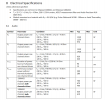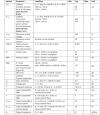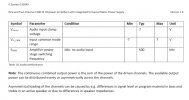ommadusk
Active Member
- Joined
- Oct 9, 2022
- Messages
- 134
- Likes
- 50
I'd like to say thank you for the review. I liked seeing lots of graphs. It looks like Amir has competition ;-) Yes, it would be nice also to have some more writing in the review but it takes more time to do that. How long does it take to do a test and present the results? A long time I expect.Really sad words to me.
Graph seems similar means 1. Measurements are reproducible. 2. DUT also make reproducible result as well. <- nice 3. Data can be compared
The ultimate goal is to obtain exactly the same values from exactly the same measurements. <- impossible.
I still vividly remember what a catastrophe it was when I made detailed comments.
1. There are many things I don't know well, so the quality of the explanation is low.
2. I come into conflict with people with different views.
3. The more I increase the explanation, the more likely I express things more non-objective. Because I am 'person' (=imperfaction)
However, data is simply data, if the measurement conditions are specified, and anyone can interpret it in any way they wish.
I've got an Audiophonics NCX500 stereo amp so I'm interested in the power supply failure. It would be nice to know it didn't catch fire?? I hope you're able to review it with a new PSU.
Last edited:



